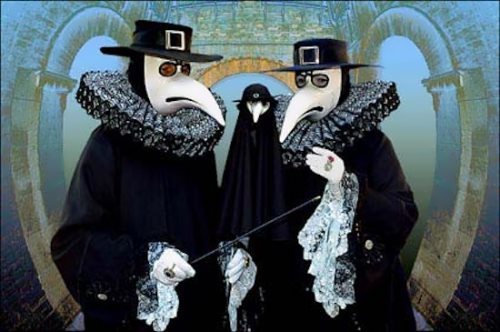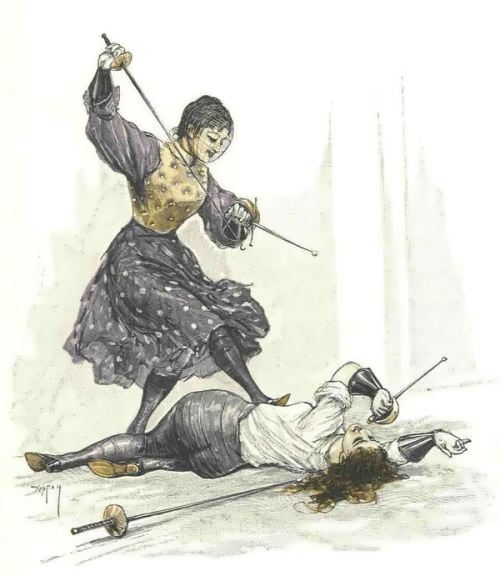Hydra – tiny animal
A hydra is a tiny animal that lives in water. They can regrow parts of their bodies. These animals were named after an imaginary creature from Greek mythology, the nine-headed hydra. According to the myth, it could grow two new heads for each head that was cut off.
The real hydra is only about 3 centimeters long. It has a thin body with an opening at the top which is used to eat food and to get rid of waste. Long tentacles grow around this opening. The hydra uses its tentacles to sting and paralyze its food – tiny animals.
The hydra can reproduce in two ways: release eggs, which are then fertilized in the water, and reproduce by budding. A small extension of the parent animal forms on the body wall. As this grows, a separate mouth and set of tentacles develops until eventually a replicate daughter cell of the parent hydra is produced. When the young animal has fully developed, the two separate and the young hydra drifts off in the current to become established elsewhere. (from Gale Encyclopedia of Science)
More »






